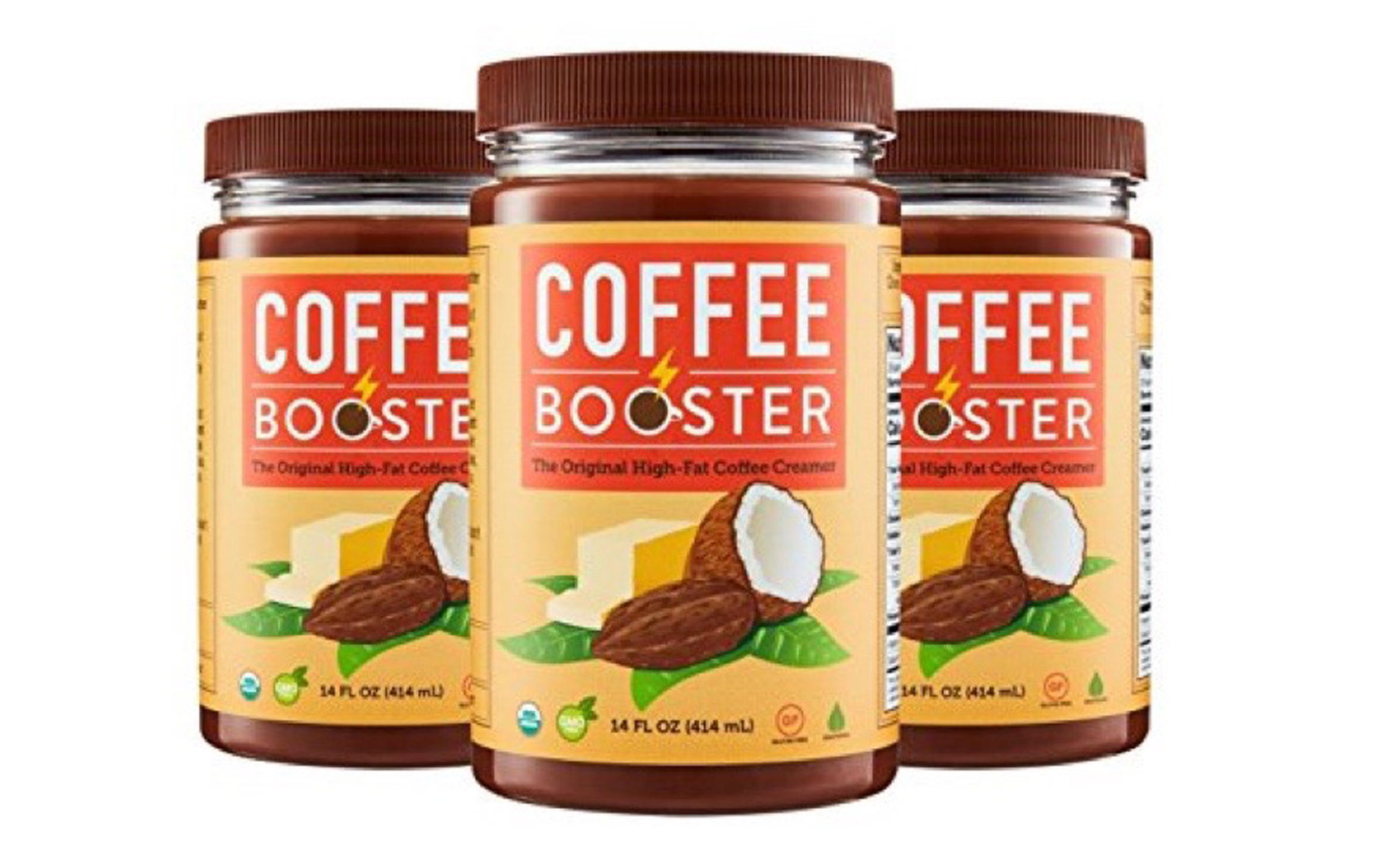Published 06 July 2017
People eat SPAM on every continent, 12.8 cans every second. Hormel keeps adding new flavors. Thanks to global trade, SPAM finds itself the centerpiece of comfort foods all over the world.
Image: SPAM.com
12.8 Cans Consumed Every Second
People eat SPAM on every continent, including Antarctica. In fact, the producer of SPAM estimates that 12.8 cans of SPAM products are consumed somewhere in the world every second.
Introduced by Hormel Foods in 1937, SPAM has a unique social culinary history, owing mainly to its critical role in feeding allied troops during World War II. Canning the pork in a vacuum prevented the meat from sweating inside the can, which does not require refrigeration and can survive in tropical heat for weeks or months. The product not only fed the troops, it was distributed as part of post-war assistance to help prevent starvation throughout the Asia-Pacific.
Six Ingredients, Endless Variety
Celebrating its 80th birthday this year, the recipe for SPAM is nearly unchanged in all that time. Five ingredients form the SPAM mystique: pork shoulder, water, salt, sugar, and sodium nitrate (for coloring). According to its website, Hormel began adding potato starch in 2009, “to sop up the infamous gelatin layer that naturally forms when meat is cooked”.
Every year, home cooks compete in the Great American SPAM Championship, entering through their state or county fair. First prize wins up to $150 and a blue ribbon, but more importantly, a chance to scoop up the coveted grand prize: a trip to the Waikiki SPAM JAM Festival.
SPAM’s Epicenter – Hawaii and Guam
Americans love SPAM, but Hawaii and Guam have a SPAM obsession. It’s a staple in grocery store delis and school cafeterias, and it’s found on the menu whether in high-brow restaurants or McDonald’s. Hormel sells 7 million cans of SPAM products each year in Hawaii alone.

Image: SPAM Musabi from SPAM.com
Michele Debczaki from Mental Floss reports, “if there’s one dish perfectly sums up the mish-mash of cultures that make up Hawaii, it’s Spam musabi. At first glance it resembles traditional sushi with a strip of nori (seaweed) binding together rice and protein. But upon closer inspection you’ll see the protein is actually a slice of crispy, caramelized Spam.”
Global Comfort Food
According to Larry Vorpahl, President of Hormel Foods International Corporation, global sales are fueling both volume and profit growth for the company. With roots in Austin, Minnesota, Hormel has been trading internationally for over 50 years, distributing its products to over 70 countries. SPAM is one of Hormel’s most iconic and recognizable brands in the world. Hormel pursues global growth through local partnerships and presence, but has also used exports to fuel 12 percent of its sales growth over the last ten years.
Hormel keeps adding new flavors of SPAM, like SPAM Teriyaki and SPAM Chorizo, to whet global appetites. It’s working.
Check out Debczaki’s article for photos of popular SPAM dishes around the world that include SPAM and egg macaroni soup in Hong Kong, Budae Jjigae in South Korea, Goya Chanpuru in Japan, Spamsilog in The Philippines, and the Sandwich de Mezcla in Puerto Rico, which combines three paragons of Americana foods: canned pimentos, Velveeta or Cheez Whiz, and Spam all blended together in a food processor to form the delicious filler of the sandwich.
Who would have thought that SPAM, that budget-friendly, kitschy, American pork product in a can, has founds its way into the hearts and stomachs of home cooks and restauranteurs all over the world. Hormel has produced 10 billion cans of SPAM since 1937. Thanks to international trade, there’s no end in sight to the global appetite for SPAM.
Footnote: If you are on the road this summer, tour the history of SPAM as told by a volunteer “Spambassador” at the new SPAM Museum in Austin, Minnesota.
© The Hinrich Foundation. See our website Terms and Conditions for our copyright and reprint policy. All statements of fact and the views, conclusions and recommendations expressed in this publication are the sole responsibility of the author(s).




